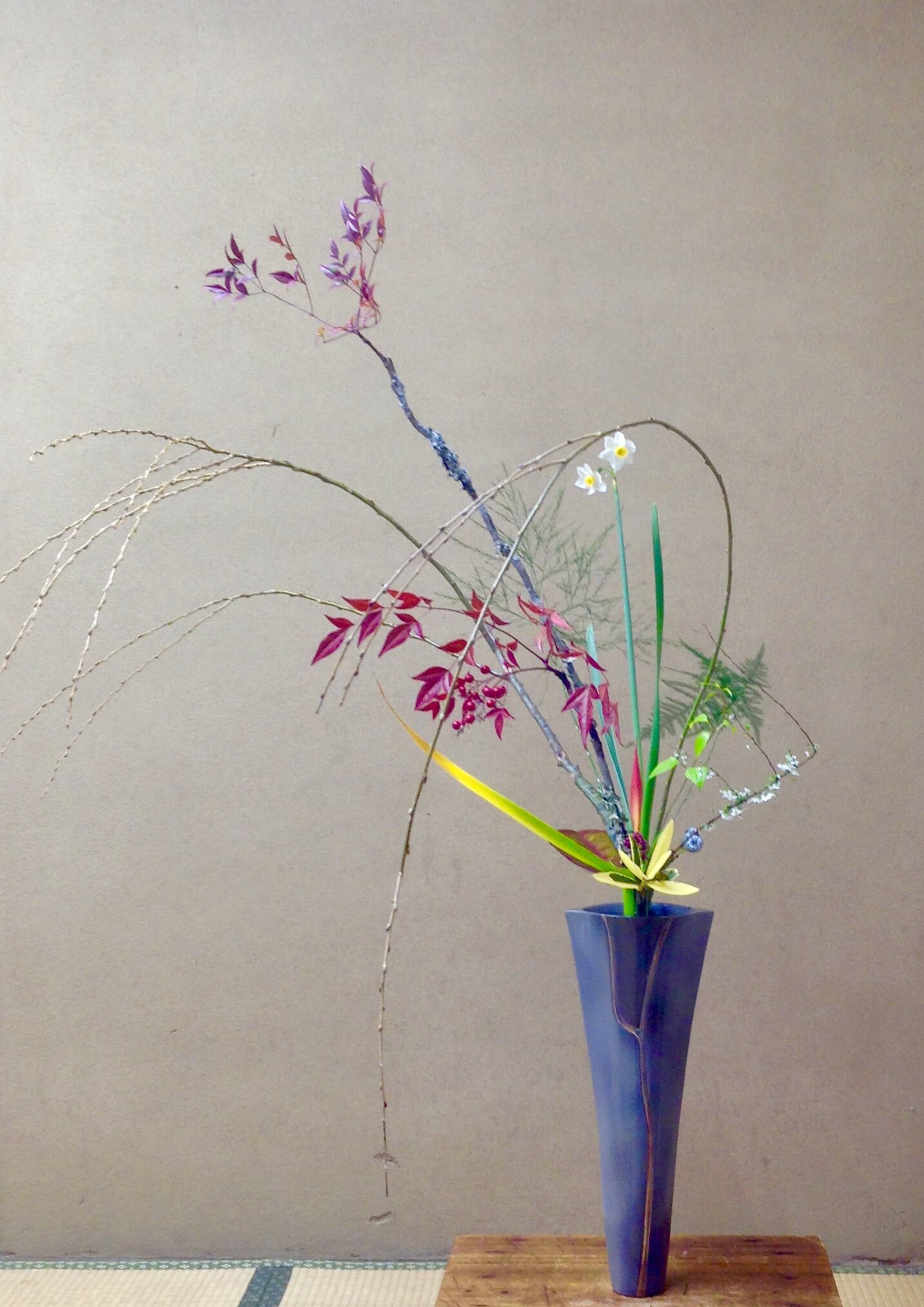
HISTORY OF IKEBANA
From ancient times to the east and west, flowers were a familiar element in human history and lifestyle. The custom of decorating flowers is not unique to Japan, but it appears all over the world. However, our ancestors have found spiritual implications for decorating flowers.
The act later became widespread in Japan as a custom of worshiping evergreens as Yorishiro (= an object when summoning gods) and providing standing flowers with the introduction of Buddhism in the 6th century (offerings of Buddhist altars). These things mean that ikebana began with religion.
After that, with the development of Shoin-zukuri, a new residential style in the Muromachi period, flowers lost their religious meaning, and a new culture called tea ceremony was created, further strengthening the element of indoor appreciation.
Ikebana was gradually formalized, and eventually modern ikebana was widely incorporated into schools and corporate training as part of girls' education and employee education. As a result, the philosophy of ikebana has been rooted in people's lives to this day.





